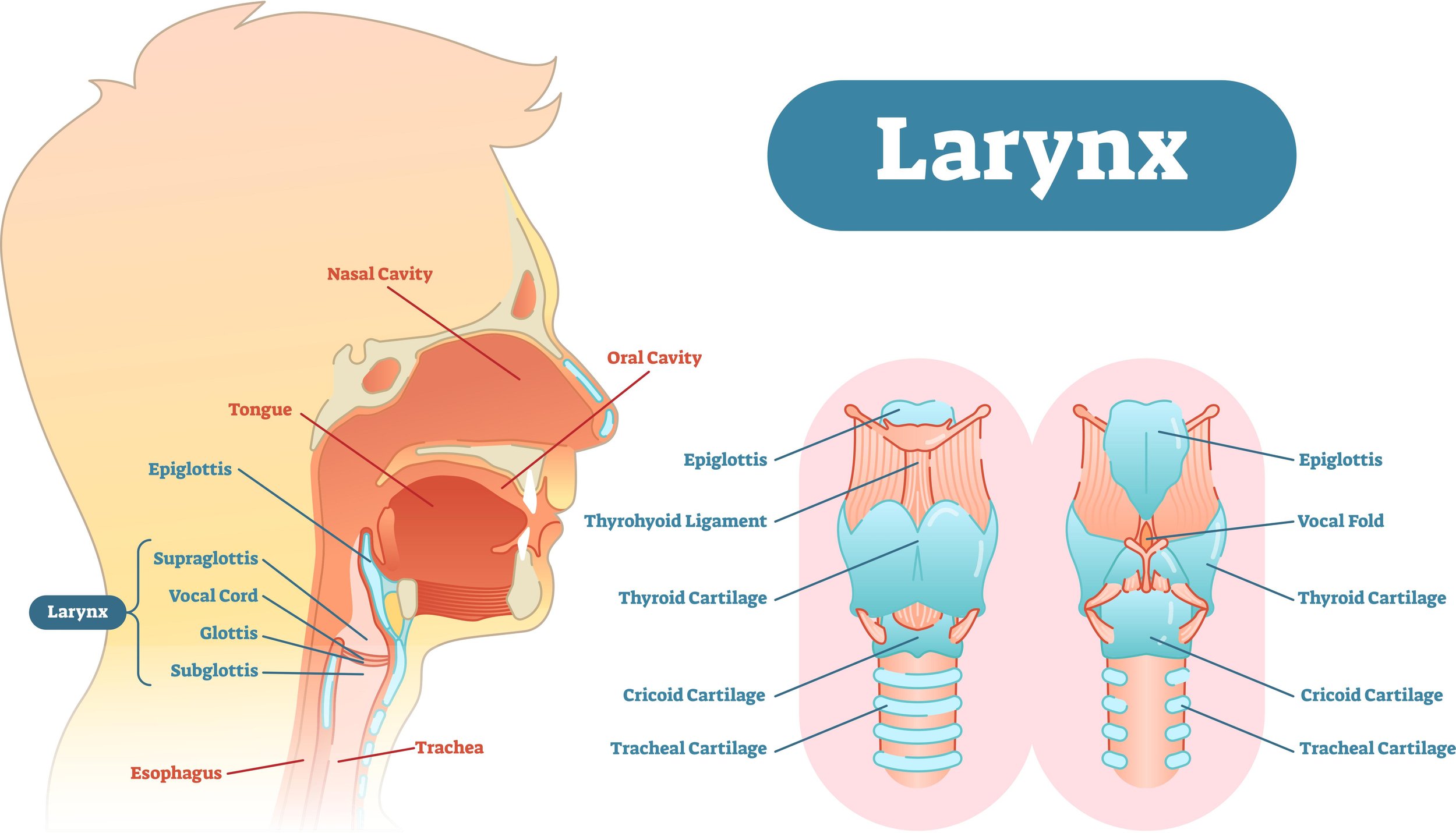3 Simple Tips to Improve Vowel Clarity in Singing
Have you ever wanted to strengthen your singing voice, but let tension and strain get in the way?
When working on vocal technique, avoiding tension makes singing feel easy!
No matter what genre you’re singing, it’s really all about vowels. And vowels are all about the position of the vocal tract.
So below, I’m going to share 3 things you should be paying attention to in order to sing with ease.
Jaw Position for singing
The position of the jaw plays a big role in vowel production. When you say “ah, eh, ee, oh, oo”, your jaw shifts slightly with each sound.
If you say the vowel “oh” and then “oo”, the jaw position changes. Try saying “oh” with different jaw positions. What do you notice as you sing?
As you sing and go up in pitch, your jaw position might need to shift. Allowing the jaw to open more and be flexible is important for maintaining a resonant sound. If the jaw is too locked in place, it will be harder to go up in pitch, use vibrato, or open up your sound.
Though you don’t want the jaw to be locked in place, you also don’t want it moving with every note. When you change pitches, your vocal cords change position, not your jaw or your neck muscles. You want to find a jaw position that feels comfortably open.
Notice if your jaw is locked into place and tense, or moving with changes in pitch. You want to aim for jaw flexibility. When you go higher, your jaw might need to open more. This will help you feel more ease in your voice, and access higher pitches with less strain.
Try doing a jaw massage to ease some of your tension, then try singing again.
Tongue Position for singing
Vowel sounds are also shaped by the position of the tongue. Try saying “ee”, then “ah”. What do you notice about the different positions of the tongue?
Just like the jaw, the tongue needs to be flexible as you go up in pitch. If you feel tense and tight in your upper range, you might feel like it’s happening in your throat. That tight throat feeling can often mean you have tongue tension.
If the tongue is pulled back too much, or tense, it will be harder to get a resonant sound. The sound will get stuck in the back of your throat. Different pitches need to resonate differently in our bodies. Slight adjustments need to be made to keep the resonance feeling how we want it to.
Try sticking your tongue out as far as it will go, or move it by saying “luggah”. This will loosen the tongue up a bit.
We also don’t want the tongue to be floating around in the mouth as you’re singing. Try anchoring the tip of your tongue behind your bottom teeth. This way, the tip of your tongue can’t move around and alter the space inside your mouth.
Lip Position for singing
Lip position also alters the sound of each vowel. Try saying “oo” with rounded lips, then wide lips. What does that feel like?
I find that the lip position can help signal the shape of the inside of my mouth, as well. For instance, you might get an exaggerated, big, opera kind of sound. Or, a bright, sharp, musical theater kind of sound. Vowel shapes and sounds will vary based on genre.
Try changing your lip position for all vowels to see how it affects your vocal sound.
Check out the video above for examples!
Voice lessons are a great way to work on vocal technique. Try a lesson today!
























